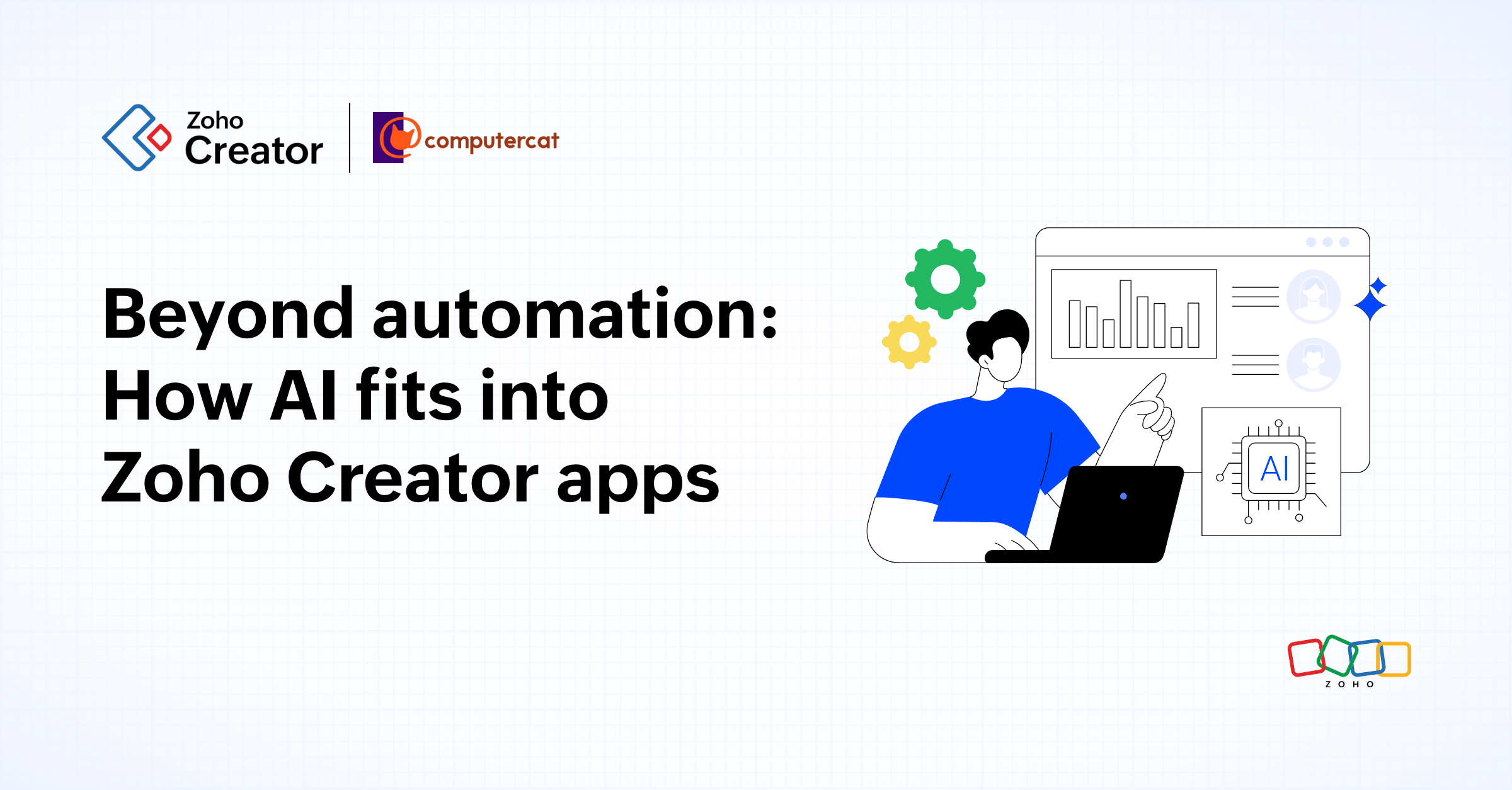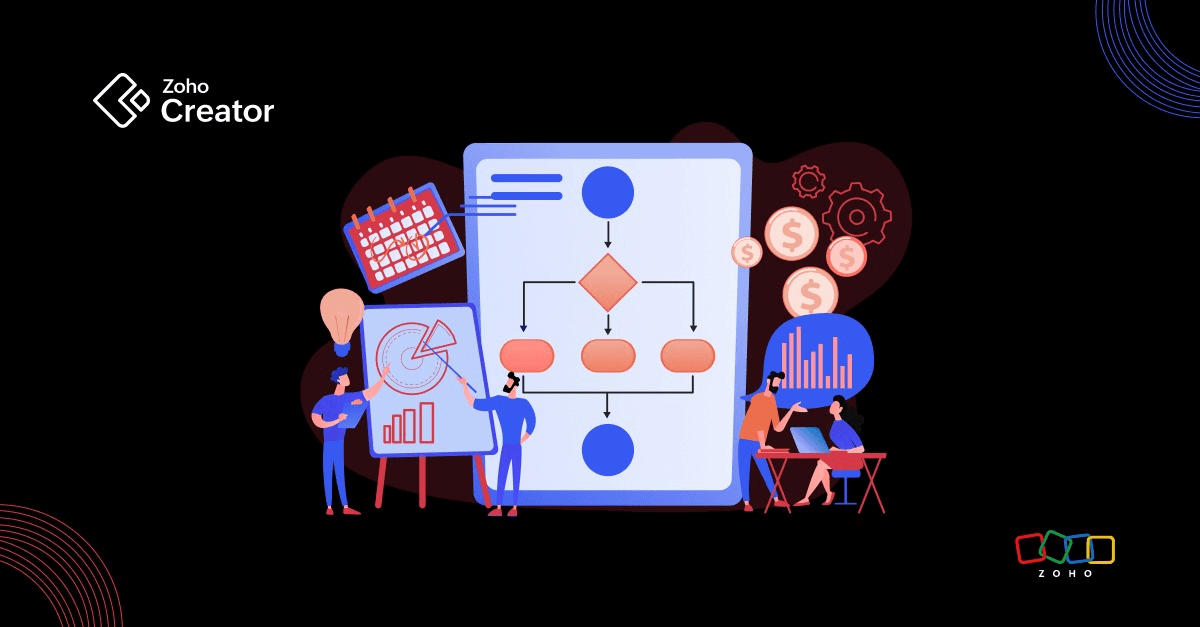- HOME
- Know Your Tech
- APIs: The secret sauce for low-code platforms
APIs: The secret sauce for low-code platforms
- Last Updated : April 20, 2023
- 3.3K Views
- 6 minutes Min Read
Application programming interfaces (APIs) are a way for apps to make their key capabilities and functionalities accessible in a programmable format that allows other applications to leverage them. APIs essentially enable the seamless flow of data between applications, enabling developers to add more functionalities into an app, without relying on extensive coding.
Let’s take a quick example.
You have an eCommerce application where users can browse and add products to their cart. To complete the purchase, they need to make a payment. Now you can either build the payment gateway in your application from scratch, or you can integrate a readymade payment gateway like PayU, RazorPay, Stripe, or something else that suits your needs. This integration between your application and the payment gateway is done through an API.
Countless similar integrations can be set up between your application and other existing services and solutions, to add new features and functionalities into your app. For example, you can use Google Sign-In’s API to secure app access without building a separate sign-on feature, or use an API to pull in contact information from your CRM to autofill forms on your mobile app.
Understanding how APIs work
Now that we have a big picture view of what APIs enable, let’s get down to brass tacks and understand what an API is and how it works.
An API is simply a set of rules that define how two applications/systems can communicate with each other. You can think of it as a messenger between two applications, enabling the flow of data between them without compromising the core functioning of teither in any way.
APIs work on the concept of abstraction—they decouple the application consuming a service from the application or infrastructure that provides the service. As long as the definition of what the service provider is delivering to the API endpoint remains unchanged, the service provider itself can change in any manner without impacting the functioning of the consuming application. Abstraction also allows the applications to communicate only for the exchange of specific information, without each having to fully understand how the other application works.
For example, let’s say your parcel delivery application uses the Google Maps API to show directions to your riders. The information that you access from Google Maps is data on location and distance. These data points, when accessed via the API, are decoupled from the rest of the functioning of the Google Maps software. So:
Your application, or your developers, do not need to fully understand exactly how Google Maps works.
Google Maps also doesn’t need to know how your app works, to be able to provide the right data.
As long as you continue to access these same data points through the API, the Google Maps application can change in any way without affecting the functioning of your application.
Now the manner in which APIs enable the communication between applications can be further understood as a series of actions:
The consuming application, say your logistics application, makes an API call, essentially entering a query requesting certain data points.
The application that provides the information, in this case Google Maps, will process the request and return the requested information to the API endpoint.
The API will convey this information to your application.
Components of an API
Software development teams today both leverage as well as build APIs that expose core functionalities of the applications they build. For example, your logistics application can have an API that allows different ecommerce websites to plug it into their applications and offer real-time tracking to their users.
Because developers are both using and creating APIs, it becomes important to understand the core components of an API:
Authentication: APIs need to share data with connecting applications in a secure manner, and the way it does that is through authentication. This is a simple means to prove that your application is genuine and is securely linked to the service provider application for requesting data. There are 3 types of authentication:
HTTP – A simple username and password provided to authenticate your app
API key – A randomly generated number, assigned to each API user, that’s transmitted as a means to authenticate that user each time they make an API call
OAuth – A system-generated token with a specific validity, that requests authentication from a server
Methods: Methods are essentially verbs that define what action an API will perform. There are seven commonly used HTTP methods for REST APIs—GET, POST, PUT, HEAD, PATCH, DELETE, and OPTIONS.
API response: An API needs to define the kind of response expected for each operation. Each response definition starts with an HTTP code for success or errors. You can also specify the format of the response, typically JSON, but can be defined to be other formats like XML.
Advantages of working with APIs
As enterprises adopt more efficient development practices, APIs have emerged as a key best practice. They’re being leveraged not just to bring in features from third-party applications, but for all communications between internal, external, and partner applications across organizations.
In the absence of APIs, different teams would build different solutions to access the data stored across the organization. This slows down development, while also duplicating effort required to access and use enterprise data or connect applications. Now, it’s considered a best practice to expose backend data stored across different databases and applications via APIs. This makes it easy for any existing or new application to connect to it and leverage that data.
For businesses, using APIs in application development delivers some significant advantages:
Simplify the interaction and data sharing with internal and third-party applications to provide enhanced functionality
Allow the addition of new functionalities quickly and cost effectively, by eliminating the need to build them from scratch or write extensive code
Generate innovative customer experiences, as developers have the freedom to think of new solutions, or integrate existing solutions in new ways, without worrying about how to execute it all with code
In addition to all this, APIs also become a key revenue source for businesses. Enterprises can expose solutions they build or data they have via APIs, and levy a charge when other applications use these APIs.
Leveraging APIs on a low-code platform
The whole practice of using APIs converges well with the concept of low-code platforms. Both are aimed at accelerating development by simplifying a set of complex and time-consuming processes. So on a low-code platform, APIs are a key ingredient for app development.
Most low-code platforms give you the ability to connect to and pull data from other applications via:
Prebuilt APIs: Low-code platforms usually have a list of prebuilt APIs for a range of popular applications that developers can choose from, and integrate with the app that they’re building. These usually include APIs for popular CRMs, ERPs, payment gateways, Google Suite, social media sign-ons, like from FB or Twitter, invoicing and bookkeeping applications, external databases, and more. The integration process usually involves a few clicks and authorizations and you’re all set for your app to work seamlessly with third-party apps.
Custom integrations: This allows you to integrate your app being built on a low-code platform with any third-party application, even if the platform doesn’t have a prebuilt solution. The platform usually offers the ability to create connections between any application and your app via a series of well-defined steps. Once integrated, you can make API calls to these third-party applications and pull any data that’s needed for your app to function. These integrations are mostly done with your proprietary or internal applications, legacy databases, etc.
APIs, while simplifying communication between apps, are in themselves quite technical in nature. As you can see from our section on API components, creating APIs requires developers working with sufficient knowledge of the applications they want to integrate, and the concepts around path and query parameters, API keys, auth headers, and more. However, because a low-code platform aims to simplify development, it abstracts all of these complexities and offers app creators a simplified, UI-based process to work with. Here, API integrations translate into a series of form fields and clicks that creators can quickly perform, without getting bogged down by the technical details.
All in all, APIs are a key building block for any application today, and bring down the time and cost of app development by allowing you to leverage already created solutions. Low-code platforms also operate on the principle of reusable chunks of code to achieve different functions, and hence APIs fit right into this concept.
Low-code platforms offer a range of prebuilt and custom APIs to give teams the power to integrate popular and proprietary applications and build powerful apps, without the need for expensive, dedicated IT teams.
 Divesh Sood
Divesh SoodDiv can usually be found reading a book, and that book will more likely than not be a psychological thriller. He always enjoys creating content - be it a poster, video or a blog. When not absorbed in the latest gripping page-turner, Divesh loves cooking, sings very badly, enjoys spending his time petting cats, and otherwise spends far too much time at the computer. He lives in India, with his 5 cats and 1 dog.



